Those involved in the design of urban areas often describe a city as a growing organism. Architect Wang Zhi goes further by calling his work dialogue with something very much alive. Interacting with a city’s soul using new structures and new materials is the language he speaks. Through his work, such as in present-day Hangzhou wherein the Ancient Village is preserved, Wang Zhi enables cities to reach out to us as well, “…to present fragments of its history and to weave the emotional memory inside us into the continuation of the future, to bring a feeling of ‘Deja vu’.”
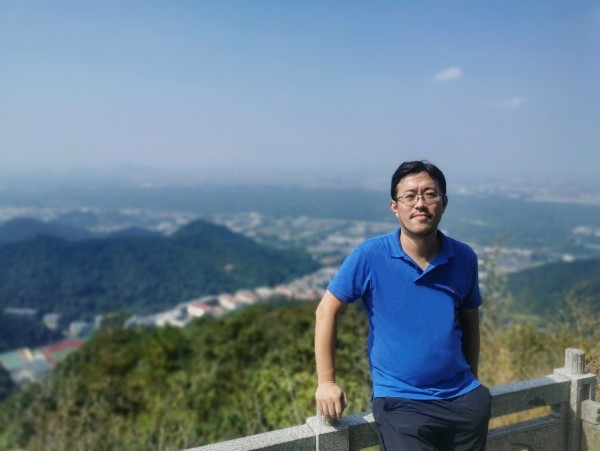
If you walk the lakeside streets in Hangzhou city today, you can enter a glass-walled Apple flagship storefront like any other in the modern world. But look closer at the building and signs of the past remains. Still standing are traditional brick walls with wood louver and blue-stone flooring, which were used in age-old Jiangnan dwellings to represent southern rains traveling up to the Yangtze River.
This union of cultural heritage with contemporary construction earned The Ancient Street (in local, literal translation The International Lakeside Famous Street in Hangzhou) the 2005 “World’s Best Project Award”.
The person responsible for this renewal of Hangzhou’s historic district is the Chinese architect, Wang Zhi.
Wang Zhi graduated from Dalian University of Technology with a degree in architecture in 2002. That same year, he joined the Zhejiang Southern Architectural Design Institute Co., Ltd.
For Wang Zhi, all cities are alive and going through an evolution. As new construction takes hold, Zhi points to historical sites facing extinction and he reminds us that the past is not just inspiration but also a physical resource. How to interpret and build onto the past is the eternal challenge to architects. “The city is an organism. Architects are responsible for the regeneration and growth of this organism. At some point it has a life of its own and architecture becomes a dialogue with the city. We aim for a city to present fragments of its history and to weave the emotional memory inside us into the continuation of the future, to bring a feeling of ‘Deja vu’.”
FROM THE ALLEY TO THE COMMERCIAL STREET, FROM OLD VILLAGES TO NEW PARKS: PRESERVATION OF HISTORICAL FORMS AND CULTURAL HERITAGE ALONGSIDE NEW PURPOSE
When Wang Zhi joined his colleagues at the Southern Architectural Design Institute on the International Lakeside Famous Street in Hangzhou, the neighborhood then known as Lakeside Alley had experienced several major closures and demolitions. The expansion of Hangzhou led to predictable rural industrialization and urbanization problems.
Although institute surveys designated the Lakeside Alley as historically significant, the pressures of modern city planning focused on functional zoning, automobile traffic, and uniform design. Integrating these goals with the preexisting environment of traditional mixed-function blocks, timeworn walkways, and the advanced age of structures was the challenge for Zhi and his team. The pragmatic motto put to them for both the past and future to come to terms was: Conform to the Trend.
In was in this process of modernizing the area, along with revering it, that Zhi came to his more emotional intent of creating “Deja Vu”.
And what is this form of Deja Vu? Wang Zhi explains how one can subliminally feel the past while being surrounded by what is new, “In the field of architectural design, there is the concept of ‘repairing the old as old’. For example, in Jiangnan Ancient Village, the focus was on repairing buildings to match their original form. Along with this restoration, a lot of classical elements were applied as we expanded to new construction. We also implemented new materials, cyan-blue bricks, sandstone and glass, steel frames, into existing forms to bring the old and new to some common ground even if the old and new may seem to contrast.”
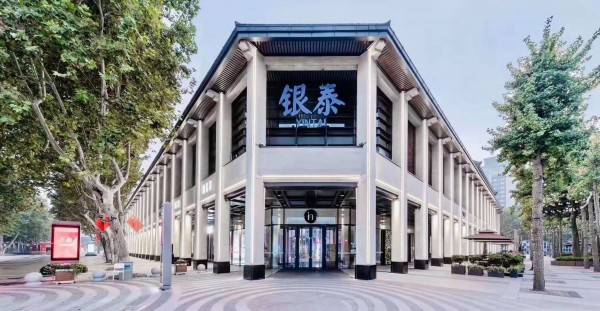
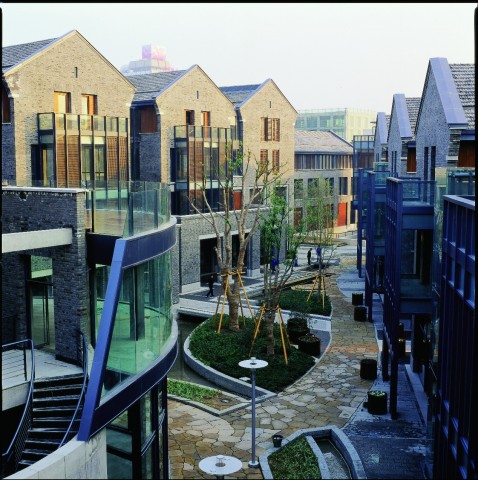
Zhi implemented this philosophy when he was first dispatched to the Yunqi Town of Hangzhou—then an isolated industrial park neighboring a rundown village set for demolition. The plan had been to clear the village in favor of a state of the art industrial center, but as deputy chief engineer on the project, Zhi wanted a closer look.
Zhi explains, “There were more than 170 old houses, some dating back to the founding of the country. We couldn’t all agree on the beauty of the old village, but we could all see that the country roads, the construction of the homes were exceptionally and uniquely interesting.”
Ultimately, city planners agreed with Zhi’s vision, “In the design process of Yunqi Town, we consciously kept the old houses that were to be demolished and injected them with reimagined function. For example, transforming an old home into an internet company. In this case, the old architectural form can be combined with the new industrial purpose within the same physical space.”
Yunqi Town is now equally renown for its tech industry, with the annual Yunqi Conference attracting worldwide attention to cloud computing innovations.

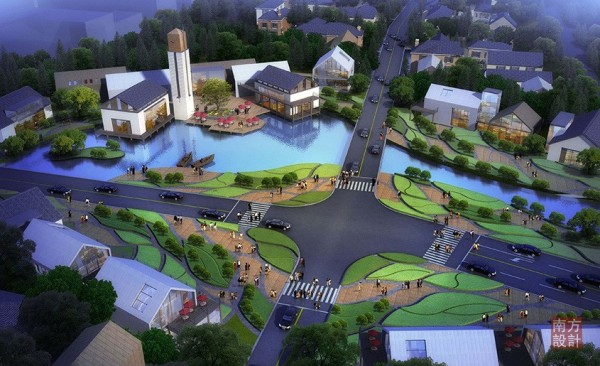
FROM RUIN TO REGENERATION: REBUILDING SMALL TOWN ECOLOGY
In most development plans, the demolition of old villages involves the resettlement of residents. However, Wang Zhi believes that communities are part of the organic growth of an area. Therefore, people, like their old homes should likewise be, “Left Behind.” This maxim results in most homes being renovated and incorporated into the overall plan. This practice allows residents to continue living there and contribute to the workforce.
In another local work by Wang Zhi, a former residence of Zhang Taiyan was likewise protected and renovated to become part of the Dreaming Town of Hangzhou attraction—the old estate adding classic charm to the site’s surrounding modern park.

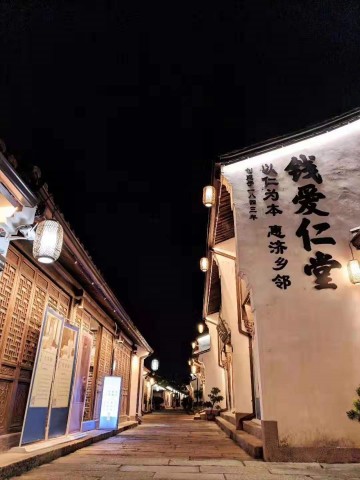
FROM HANGZHOU TO THE COUNTRY: RETAINING THE HISTORICAL MEMORY OF MORE CITIES
Hangzhou’s urban renewal brought Wang Zhi to the forefront of the country’s city planning. In turn, Zhi’s goal became to expand the protection of architectural heritage.
This methodology eventually reached other areas including the county-level city of Longquan in Zhejiang, a place famous for its celadon pottery. From the middle and late Ming Dynasty, the Longquan pottery industry began to weaken and after the Qing Dynasty, it regressed to a few simple porcelain products. Eventually, factories became industrial remains and the spirit of the mountain township seemed to whither.

During the Longquan survey, Wang Zhi committed to, “improving the living and working conditions of local people.”
The cultural heritage of celadon became a focal point in the reconstruction. The master studio, the celadon research institute, and other sites now host new businesses. Over 4,000 workers found employment on lands repurposed for agricultural use. The celadon pottery building, while no longer a functional factory, became an example of a dramatic turnaround in retail value. And now, dozens of celadon companies and workshops have sprung up, renewing acclaim for the region’s craftsmanship.

Under the impact of the modern urbanization wave, the expansion into the countryside has become an unavoidable reality. Yet, The Southern Architectural Design Institute recognizes the characteristics of small towns. According to the Southern Architectural Design Institute, “What is important is not to build on the landscape, but to explore the inherent environment and space of the town. We wish to focus on the rural attributes of the rural ecological environment, local traditional cultural, and rural pastoral living, which are complementary resources to a city.”
Successive projects followed, including the Zhong Shan Hua Fu Project of Shijiazhuang which included the relocation of 13 cultural relics, two of them recognized as provincial treasures, to a central public destination.
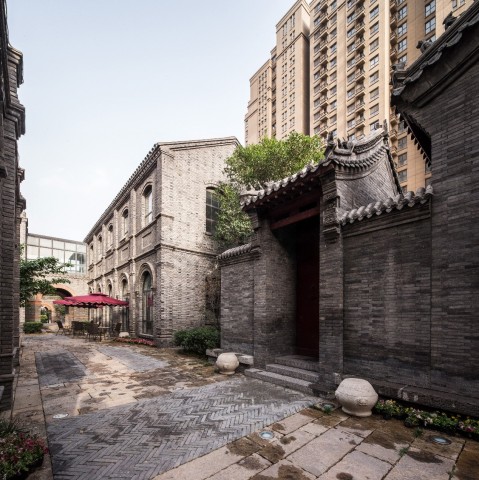


The Dalian Nanshan 1910 Villa Project became a monumental endeavor for Wang Zhi, himself a Dalian native. Zhi honored the existing aesthetics of the Dalian city and preserved much of its centuries-old architecture, original sidewalks, courtyards, and large trees. Respecting the original architects, Zhi stated, “We should keep traces of this history and build according to their original plans.”

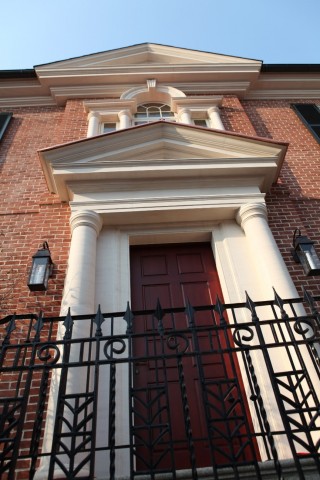
Zhi hopes his work carries the same message to others, “During a city’s renewal, generations will certainly encounter the opportunity to preserve and transform remnants of their past. I hope that in the process, historical and cultural heritage protection will be regarded as an important design premise. I hope we can enable more people to participate in this process of cultural heritage protection, to retain more historical and cultural buildings and bring them new life.”
Media Contact
Company Name: Joyway Entertainment Corporation
Contact Person: Wendy Hu
Email: Send Email
Phone: 9495560437
Address:5515 Civic Terrace Ave
City: Newark
State: CA
Country: United States
Website: www.joywayfox.com

